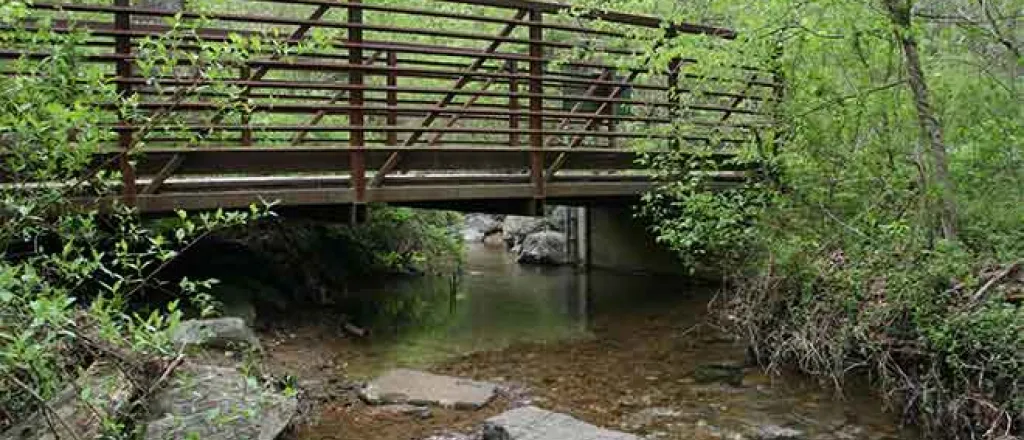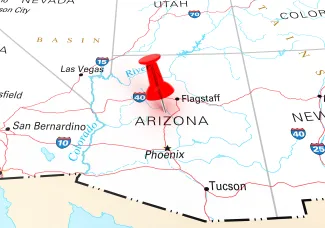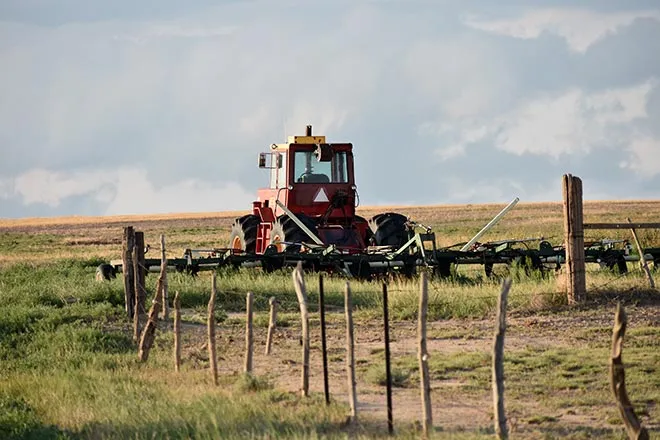
Southern Arizona nonprofit removes invasive plants to restore riparian areas
Click play to listen to an abbreviated version of this article.
(Arizona News Connection) On an overcast November morning, volunteers got to work to restore local river flow.
Drought and decreasing water availability have been ongoing problems throughout Arizona. In Tucson, drought along with new land developments are causing decreases in vegetation and wildlife habitat.
Watershed Management Group is a Tucson-based nonprofit that aims to fix this problem. The group aids in local water conservation, land restoration and river flow. It holds regular events to help the environment such as cleanups, workshops, fundraisers and classes. The group has a club called the River Run Network, which includes a biweekly email with invitations to events like creek walks and family education days to help restore Tucson's heritage of flowing rivers.
Watershed Management Group worked to remove an invasive plant from a riparian area in the Tanque Verde community of Tucson on Nov. 18.

The species of grass Arundo donax, more commonly known as "giant reed," is an invasive species in Tucson's riparian ecosystem, the wetland area between a body of water and land. Invasive species in those areas are harmful to the ecosystem, wildlife and the city's groundwater supply.
"Arundo is one of the invasive species that we focus on removing," said Hannah Nuest, a program coordinator for the River Run Network. "It sucks up to three to four times the amount of water that native plants do, which affects groundwater levels and river flow."
Tucson's drinking water comes mostly from the Colorado River, which is experiencing decreasing water levels, and from groundwater. But those underground aquifers are fed with water from natural areas like riparian preserves, and invasive species like arundo compete for that water, cutting into Tucson's water supply
"Invasive species also cause problems for tree canopy coverage," Nuest said. "Trees like the cottonwood and the mesquite need water closer to the surface, so when that water's being used up, the number of trees can decrease, causing habitat loss, less shade, more pollutants and hotter temperatures."
Arundo removal also helps the local ecosystem with flood risk reduction, water quality improvement and increased river flow.
"Arundo comes from the Mediterranean and was brought to the Tucson area around the early 19th century for landscaping," said Jim Washburne, Watershed Management Group's senior project specialist.
When arundo grass is present, nutrients that usually travel downstream are blocked. This prevents other plants from growing along waterways, which increases flood risks and decreases habitat potential.
Complete removal of every arundo plant would be nearly impossible, but removing even a small amount is good for the ecosystem, Washburne said.
"We typically do this every week in Tanque Verde," Washburne said. "This is our most consistent environmental event. It's important for the community to get involved in taking care of the land they live on."
According to Tucson's One Water 2100 Plan, which is a new city plan to improve water delivery methods, riparian preserve restoration not only increases local tree canopy coverage but helps the local economy by helping with cooler temperatures, more trees and more diverse water delivery options.
"Riparian areas are integral to the health of Tucson's water supply and economy," Washburne said.
Hunter Fore wrote this article for Cronkite News.

















